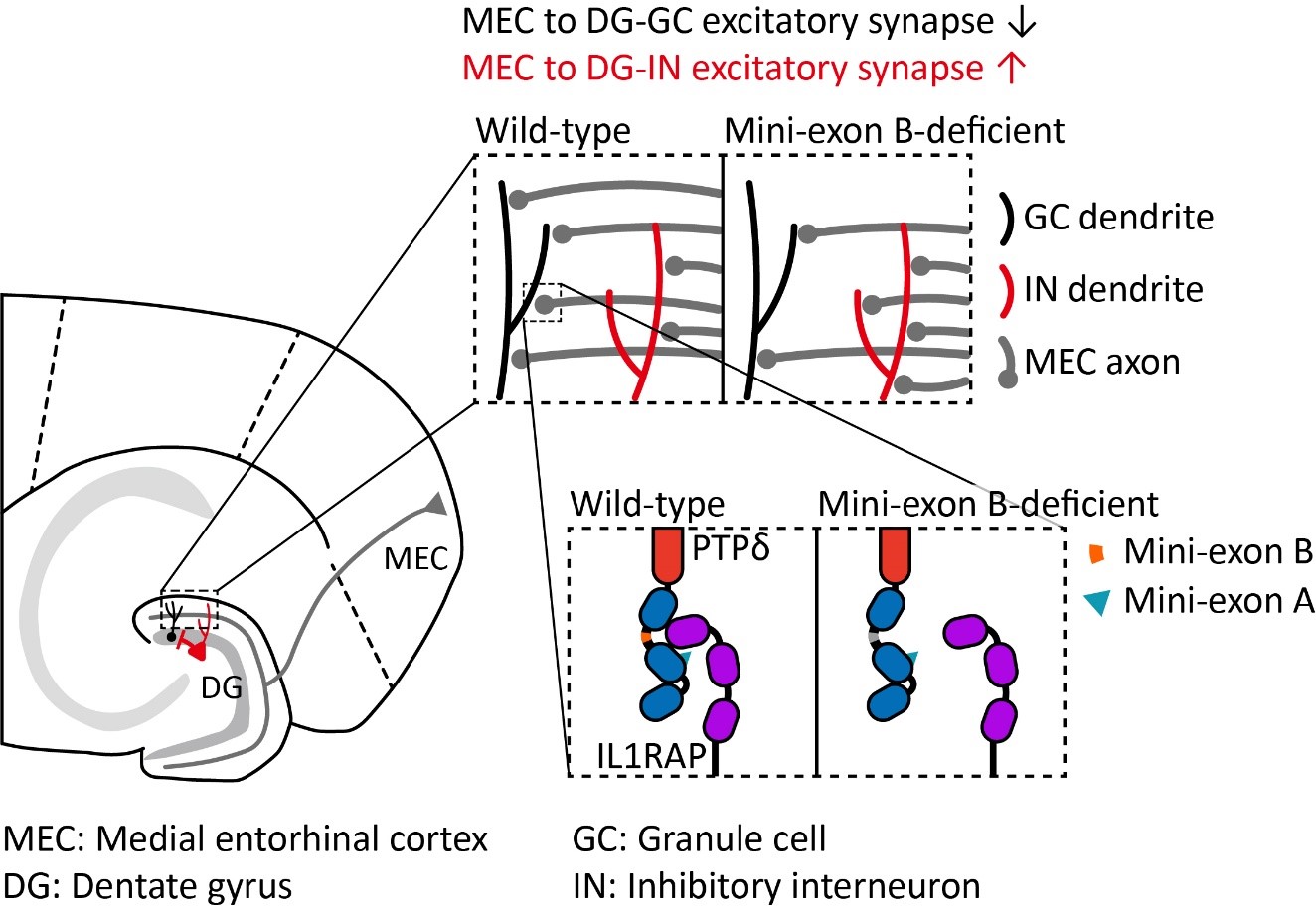2025-05-22 インペリアル・カレッジ・ロンドン(ICL)
<関連情報>
- https://www.imperial.ac.uk/news/264333/positive-mindset-about-ageing-over-60s-linked/
- https://agsjournals.onlinelibrary.wiley.com/doi/10.1111/jgs.19486
加齢に対する自己認識は転倒後の回復を予測する: 英国加齢縦断研究からの前向き分析 Self-Perceptions of Aging Predict Recovery After a Fall: Prospective Analysis From the English Longitudinal Study of Aging
Mathew W. Hill, Elmar Kal, Stephen Ronald Lord, Hayley Wright, David Broom, Toby J. Ellmers
Journal of the American Geriatrics Society Published: 21 May 2025
DOI:https://doi.org/10.1111/jgs.19486

ABSTRACT
Objective
To investigate how mindsets around aging at baseline affect physical recovery following a subsequent fall.
Design
Longitudinal observational study.
Setting
English Longitudinal Study of Aging (ELSA).
Participants
We analyzed data for 694 individuals who had not fallen in the 2 years prior to baseline (Wave 4) but experienced a fall during follow-up (between Waves 4 and 5).
Measurements
Self-perceptions of aging at baseline (Wave 4) and gait speed, activities of daily living (ADL) dependence, and physical (in)activity after a fall at a 2-year follow-up (Wave 5). Multivariable logistic regression analyses were used to determine to what extent aging-related mindset variables as measured at baseline predicted outcome measures at follow-up.
Results
In a fully-adjusted model controlling for confounding baseline factors (including baseline gait speed, ADL dependence and physical inactivity), individuals with positive self-perceptions of aging at baseline had significantly lower odds of slow gait speed (OR = 0.729; 95% CI = 0.627–0.849), ADL dependence (OR = 0.667; 95% CI = 0.561–0.792) and physical inactivity (OR = 0.795; 95% CI = 0.700–0.904) following a fall at a 2-year follow-up.
Conclusions
These findings identify self-perceptions of aging as a strong predictor of physical recovery and disability following a fall, independent of other important factors such as age, gender, and pre-fall physical function. These novel observations advance our understanding of the psychological factors impacting physical recovery from a fall. Future work should explore if targeting such perceptions can directly improve physical recovery and outcomes following a fall.
Summary
- Key points
○This study provides the first evidence that older individuals who had more positive self-perceptions of aging at baseline were better protected against negative physical consequences following a subsequent fall.
○These results remained statistically significant after adjusting for important covariates including baseline gait speed, ADL dependence and physical inactivity, identifying self-perceptions of aging as an important independent predictor of physical recovery following a fall.
○These novel findings highlight the potential of psycho-social factors to influence physical recovery from a fall in older adults.
- Why does this paper matter?
○The present findings identify self-perceptions of aging as a robust predictor of physical function and disability following a fall, independent of other important factors such as age, gender, and pre-fall physical function.
○These novel observations advance our understanding of the psychological factors impacting physical recovery from a fall and suggest that assessment of self-perceptions of aging could help identify older adults requiring additional support following a fall.
○This could lead to enhanced recovery outcomes for older adults, ultimately reducing the burden of disability and improving quality of life after falls.


